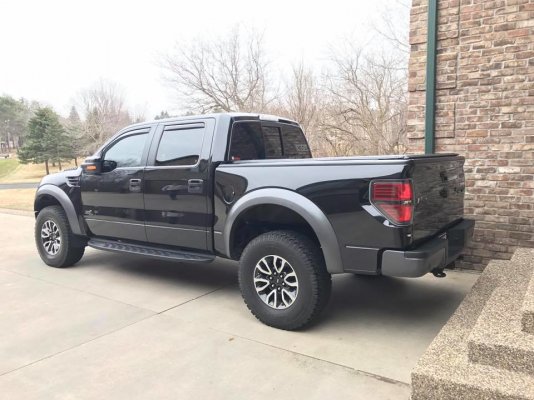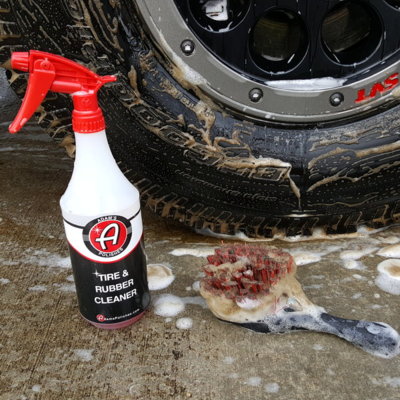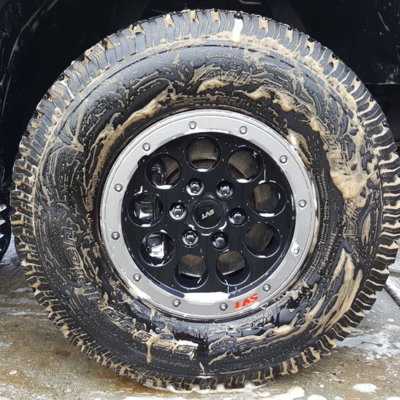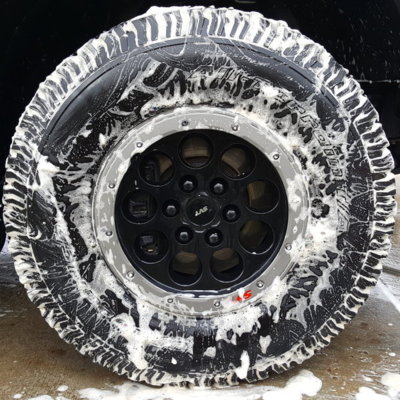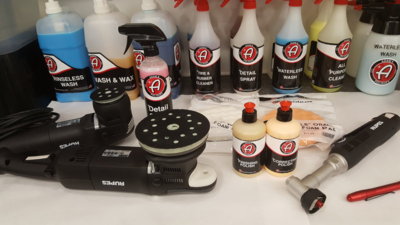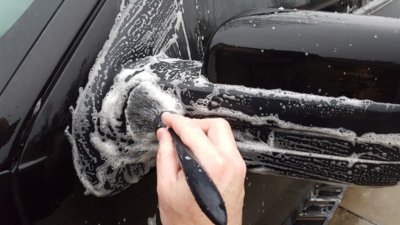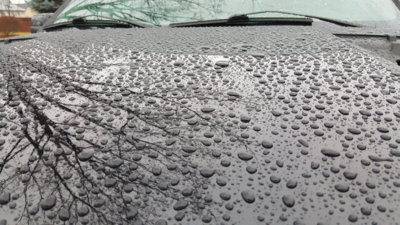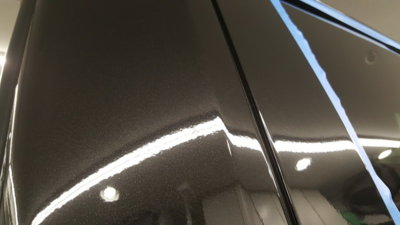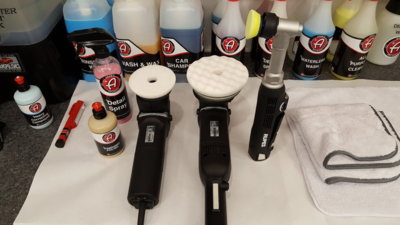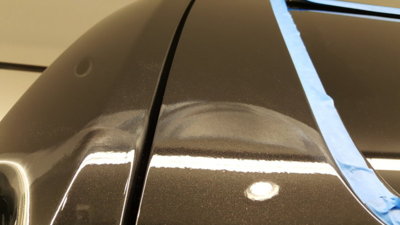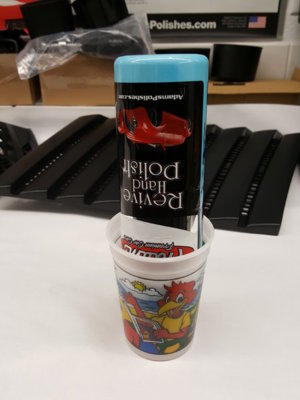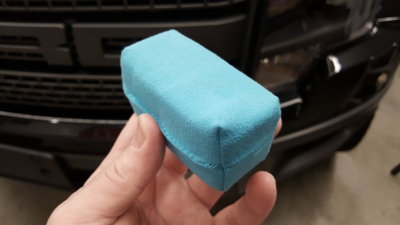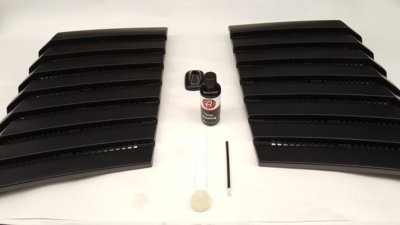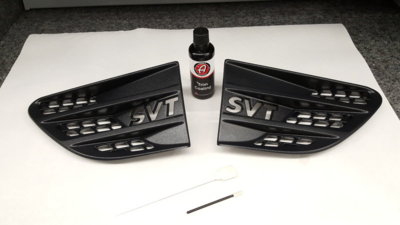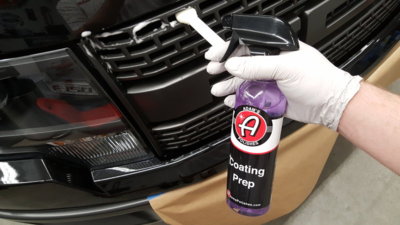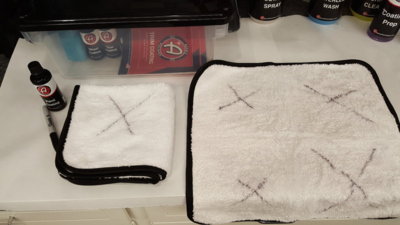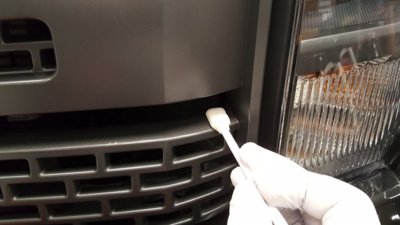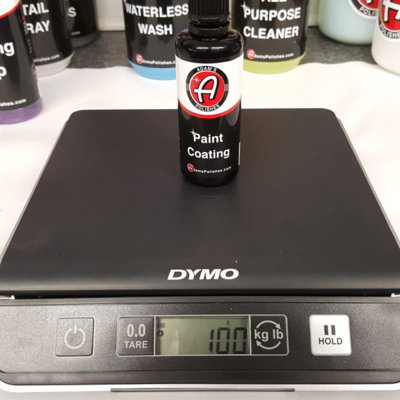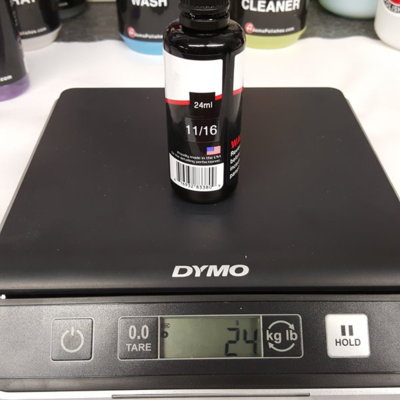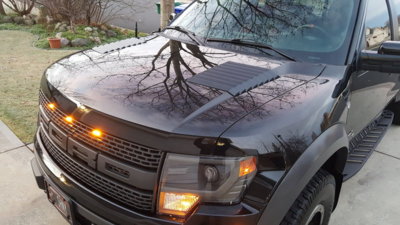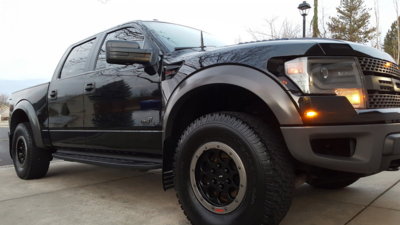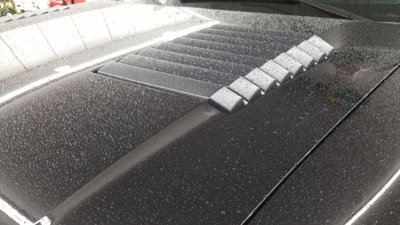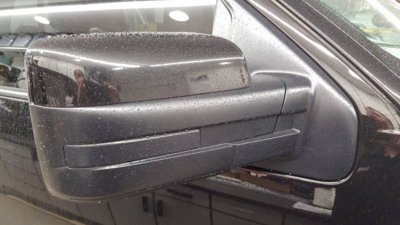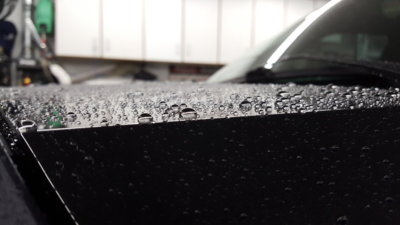- Joined
- Mar 15, 2013
- Posts
- 3,210
- Reaction score
- 2,342
Would've done a before but got attacked by a shiny object and a squirrel.
I'd like to say I am truly impressed. After washing I thought sandpaper and new paint was the only way to fix it. But the Clay bar (are they supposed to be nearly black with gunk after one panel. lol) gave me hope and then just the first polish with the cutting pad convinced me.
Looks drippin' wet! Very nice job on the polishing!
The Clay Bar really does a good job of pulling off the bonded contaminates. Having it turn black after one panel is quite extreme. Does your truck get exposed to diesel exhaust or road oil?
Did did you apply some Paint Sealant for protection?


